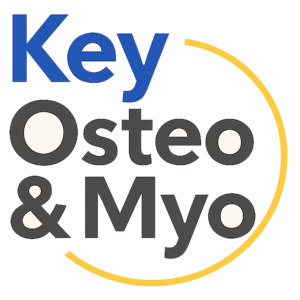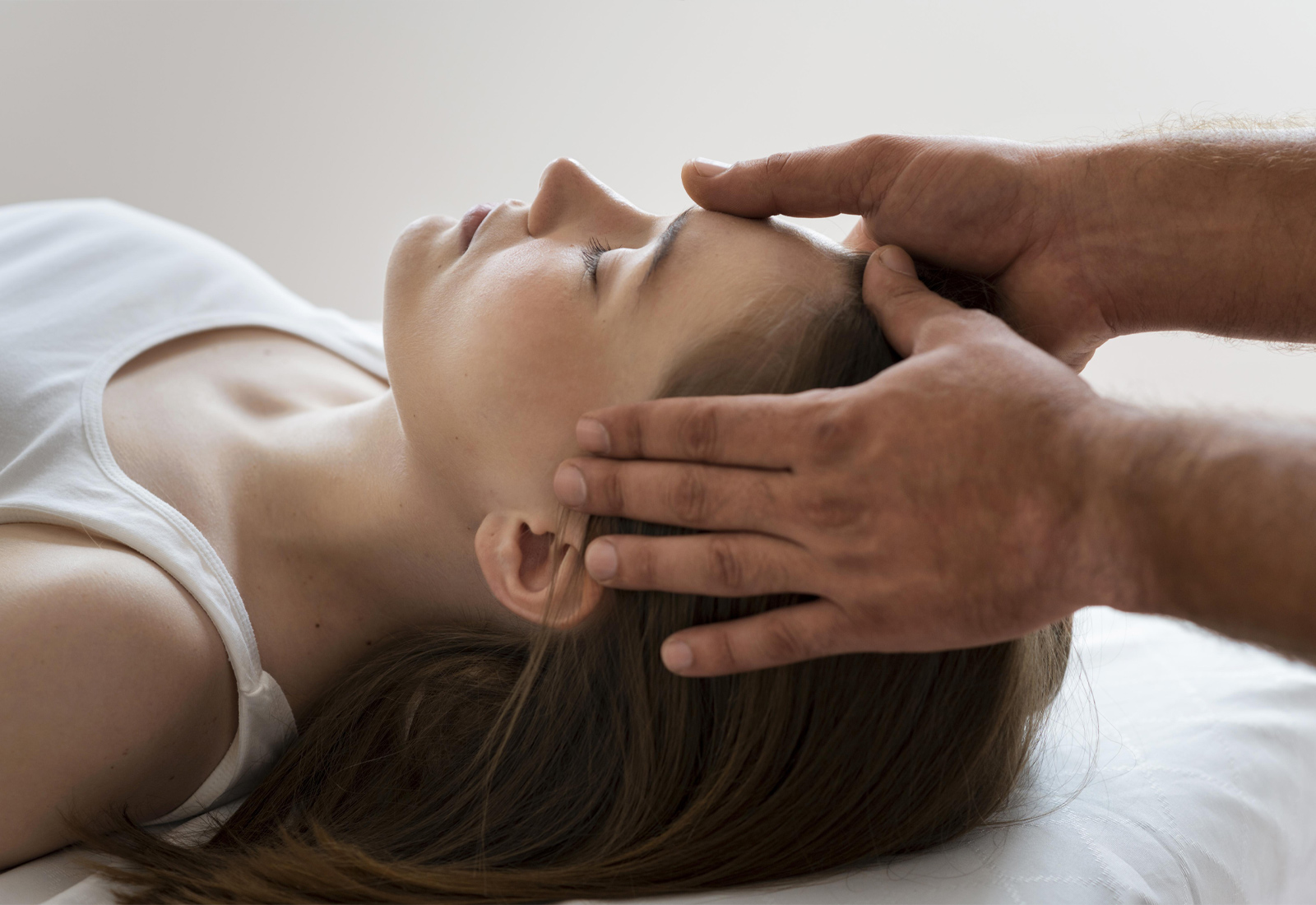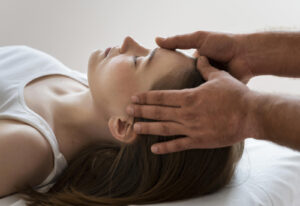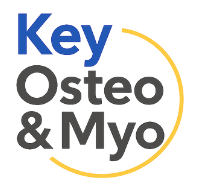Our Latest Blog Articles
Our Latest Blog Articles


Does Osteopathy Release Toxins?
Many people believe osteopathy “releases toxins,” but this is a common misconception. In this article, we explore what actually happens in the body during treatment, why some people feel temporary changes afterward, and how osteopathy supports natural recovery processes, not detoxification.

Can Shoulder Pain Heal on Its Own?
Mild shoulder pain may ease with time, but long-lasting or disruptive symptoms often signal deeper issues. In this post, Key Osteopaths explains common causes of shoulder pain, when it can improve on its own, and when an assessment is recommended.

Why does one side of my jaw hurt?
One-sided jaw pain is usually caused by muscular tension, TMJ imbalance, posture changes, or stress-related clenching. In this guide, we explain how the jaw works, why discomfort often affects just one side, and when to seek professional support.

What does craniosacral therapy do?
If you’re curious about whether craniosacral therapy might support your wellbeing, our osteopaths at Key Osteopaths are here to help. With extensive experience in gentle cranial and craniosacral techniques, we work with patients across West Byfleet, Woking, Weybridge, Guildford, Ripley, Cobham, and nearby Surrey areas to ease tension, restore balance, and support the body’s natural ability to self-regulate.
Our approach is calm, subtle, and evidence-informed, tailored to your individual needs and designed to help you feel more comfortable, settled, and aligned.

How Tongue-Tie Develops in Babies
During early fetal development, a baby’s tongue forms from tissues in the floor of the mouth. As the tongue grows and lifts away, a small fold of tissue known as the lingual frenulum remains underneath. This band connects the underside of the tongue to the floor of the mouth and helps stabilise movement as the tongue learns to lift, suck, and swallow.

How Osteopathy Supports Babies After Tongue-Tie Release
A tongue-tie release, known as a frenulotomy, is a quick and effective way to free the tongue from its restriction. Yet for many babies, the procedure is only the beginning of recovery. After the release, the tongue, jaw, and neck muscles must learn to work in a new way. The baby’s nervous system, which has become accustomed to compensating for restricted tongue movement, now needs time and gentle support to adjust to this new freedom.

Our Latest Blog Articles

Does Osteopathy Release Toxins?
Many people believe osteopathy “releases toxins,” but this is a common misconception. In this article, we explore what actually happens in the body during treatment, why some people feel temporary changes afterward, and how osteopathy supports natural recovery processes, not detoxification.

Can Shoulder Pain Heal on Its Own?
Mild shoulder pain may ease with time, but long-lasting or disruptive symptoms often signal deeper issues. In this post, Key Osteopaths explains common causes of shoulder pain, when it can improve on its own, and when an assessment is recommended.

Why does one side of my jaw hurt?
One-sided jaw pain is usually caused by muscular tension, TMJ imbalance, posture changes, or stress-related clenching. In this guide, we explain how the jaw works, why discomfort often affects just one side, and when to seek professional support.

What does craniosacral therapy do?
If you’re curious about whether craniosacral therapy might support your wellbeing, our osteopaths at Key Osteopaths are here to help. With extensive experience in gentle cranial and craniosacral techniques, we work with patients across West Byfleet, Woking, Weybridge, Guildford, Ripley, Cobham, and nearby Surrey areas to ease tension, restore balance, and support the body’s natural ability to self-regulate.
Our approach is calm, subtle, and evidence-informed, tailored to your individual needs and designed to help you feel more comfortable, settled, and aligned.

How Tongue-Tie Develops in Babies
During early fetal development, a baby’s tongue forms from tissues in the floor of the mouth. As the tongue grows and lifts away, a small fold of tissue known as the lingual frenulum remains underneath. This band connects the underside of the tongue to the floor of the mouth and helps stabilise movement as the tongue learns to lift, suck, and swallow.

How Osteopathy Supports Babies After Tongue-Tie Release
A tongue-tie release, known as a frenulotomy, is a quick and effective way to free the tongue from its restriction. Yet for many babies, the procedure is only the beginning of recovery. After the release, the tongue, jaw, and neck muscles must learn to work in a new way. The baby’s nervous system, which has become accustomed to compensating for restricted tongue movement, now needs time and gentle support to adjust to this new freedom.
